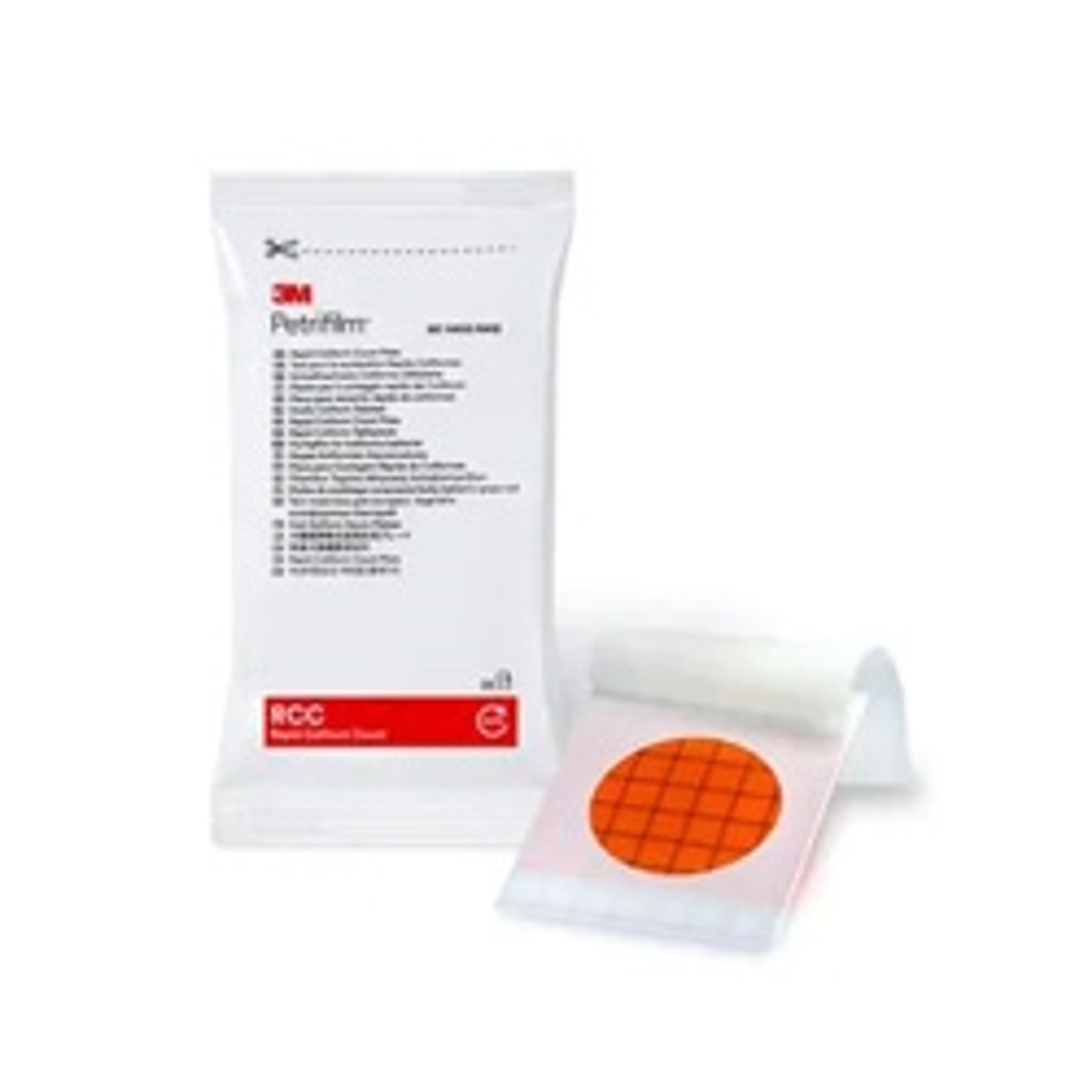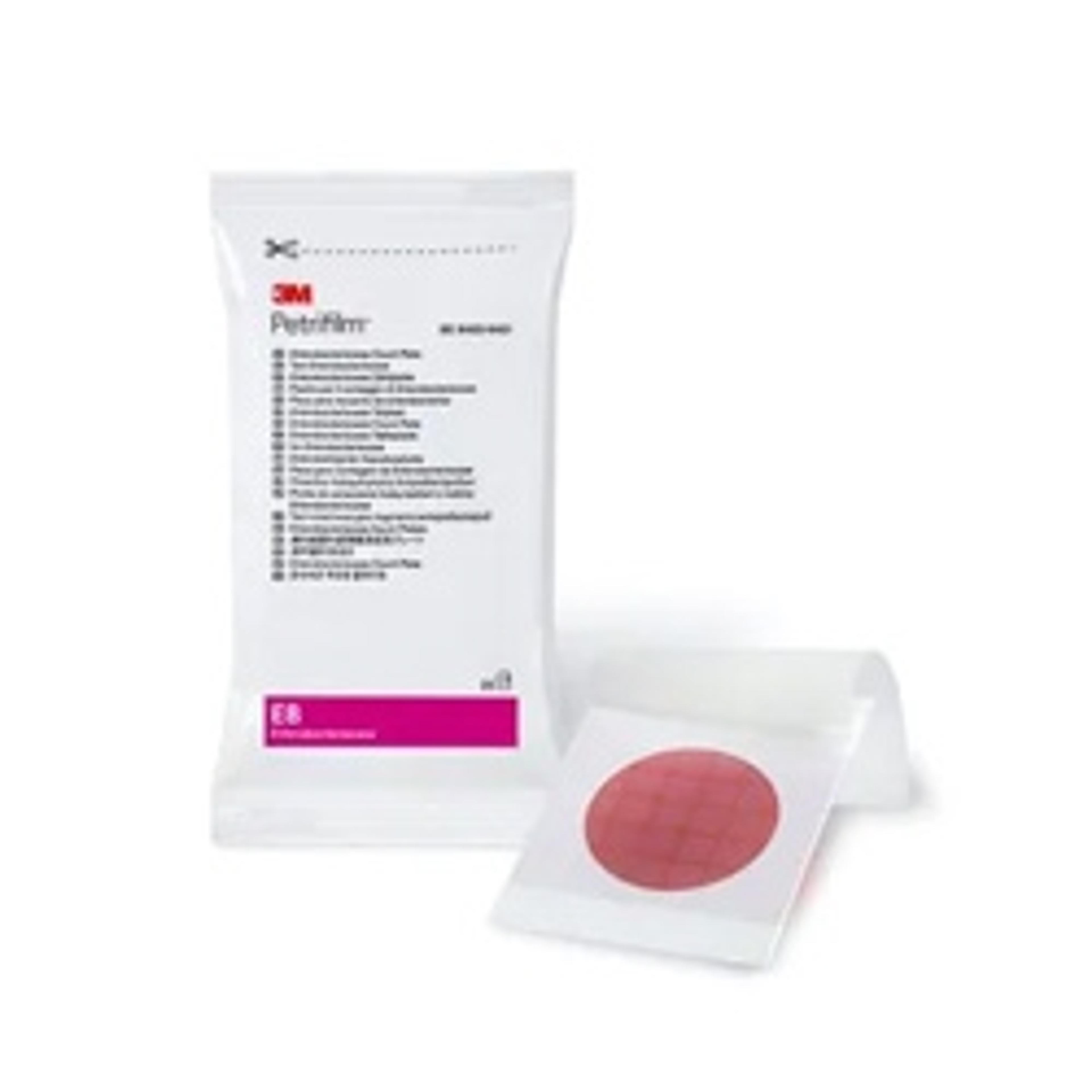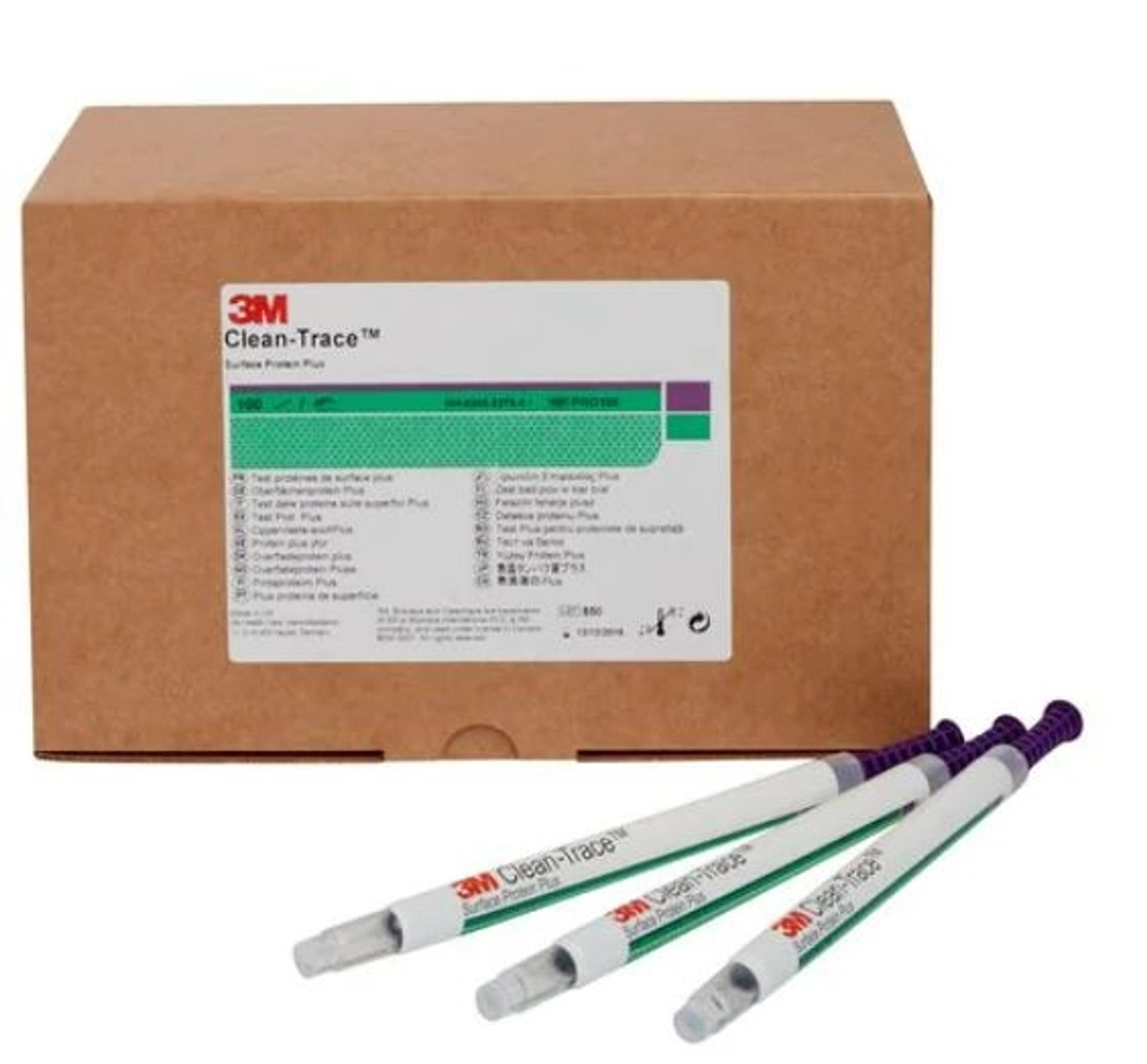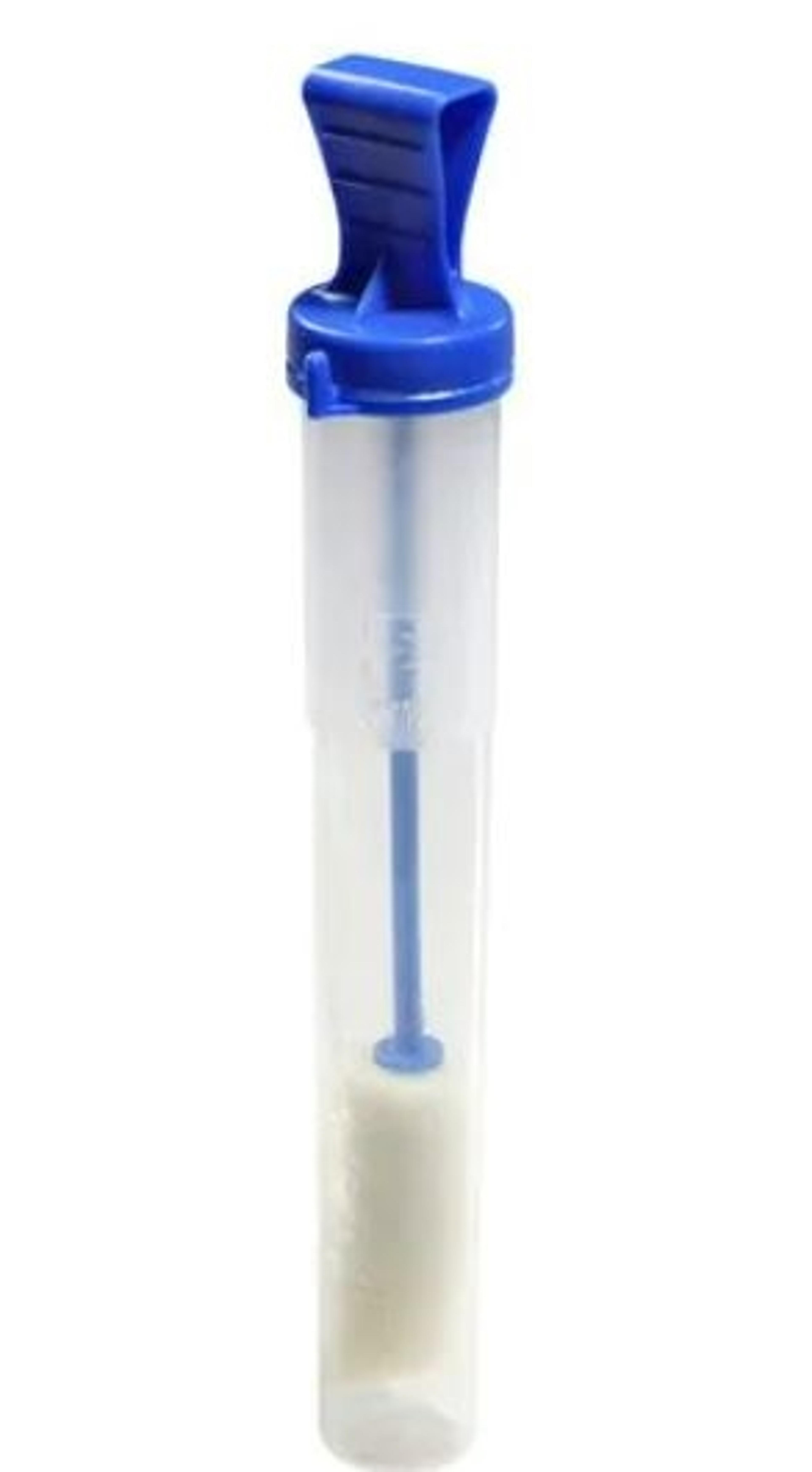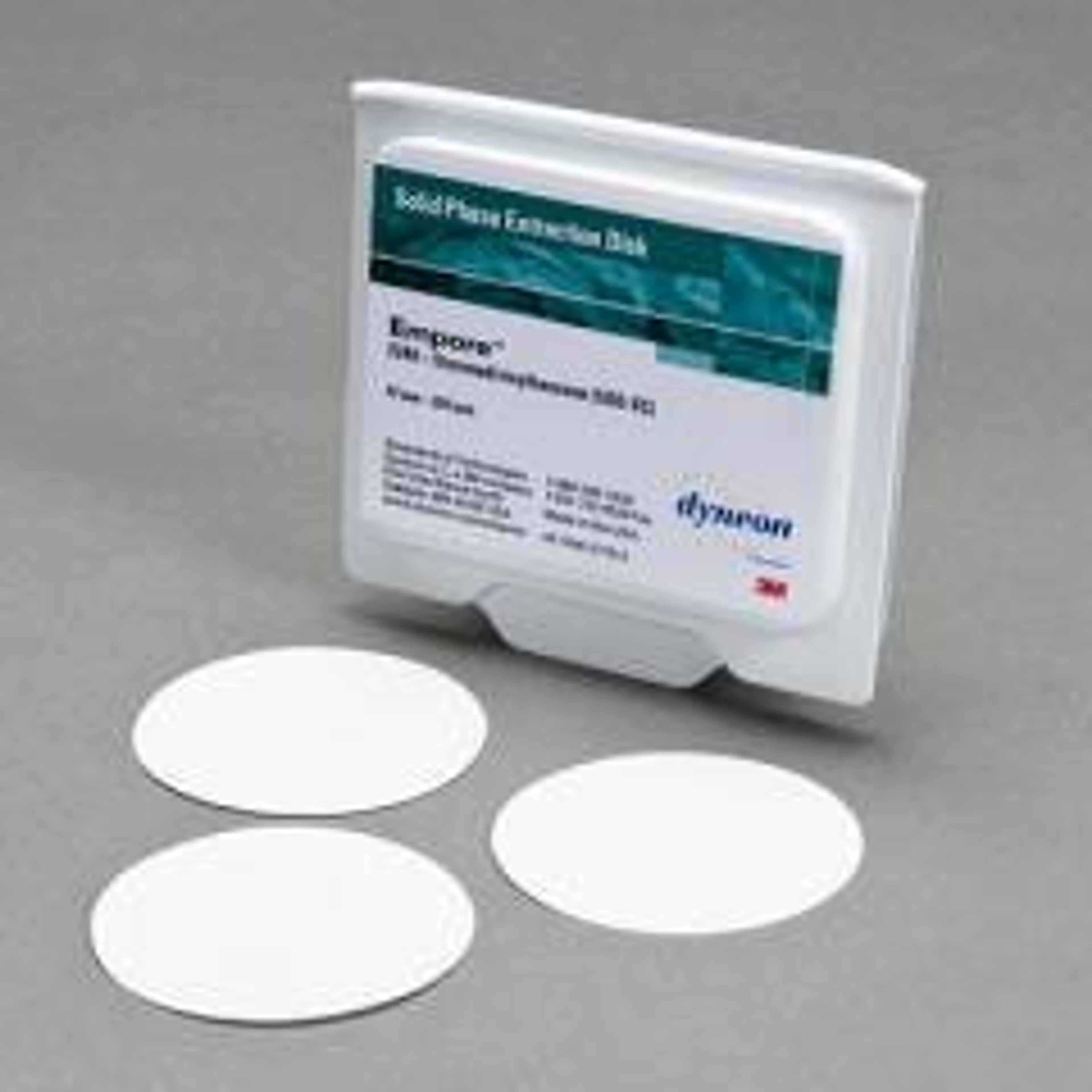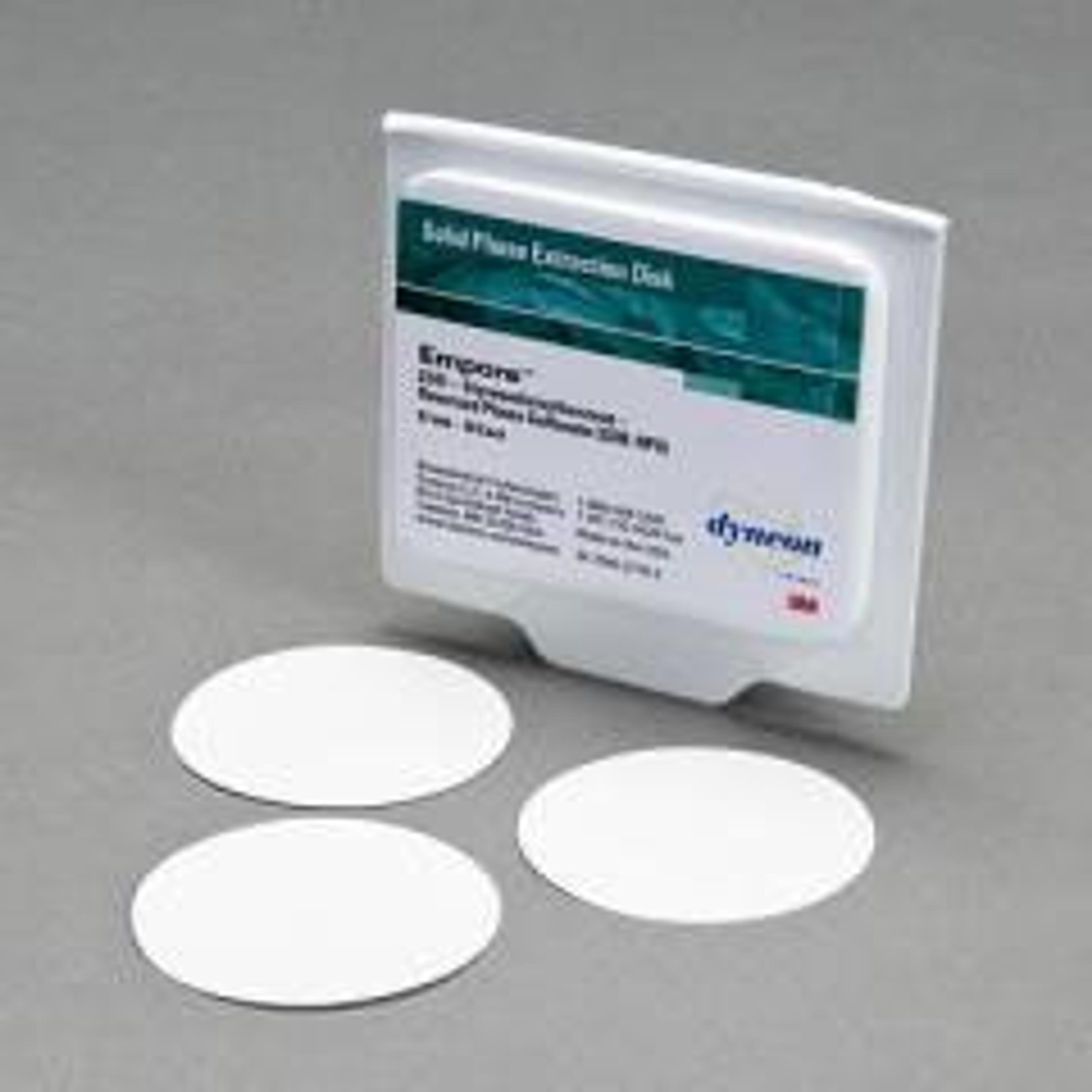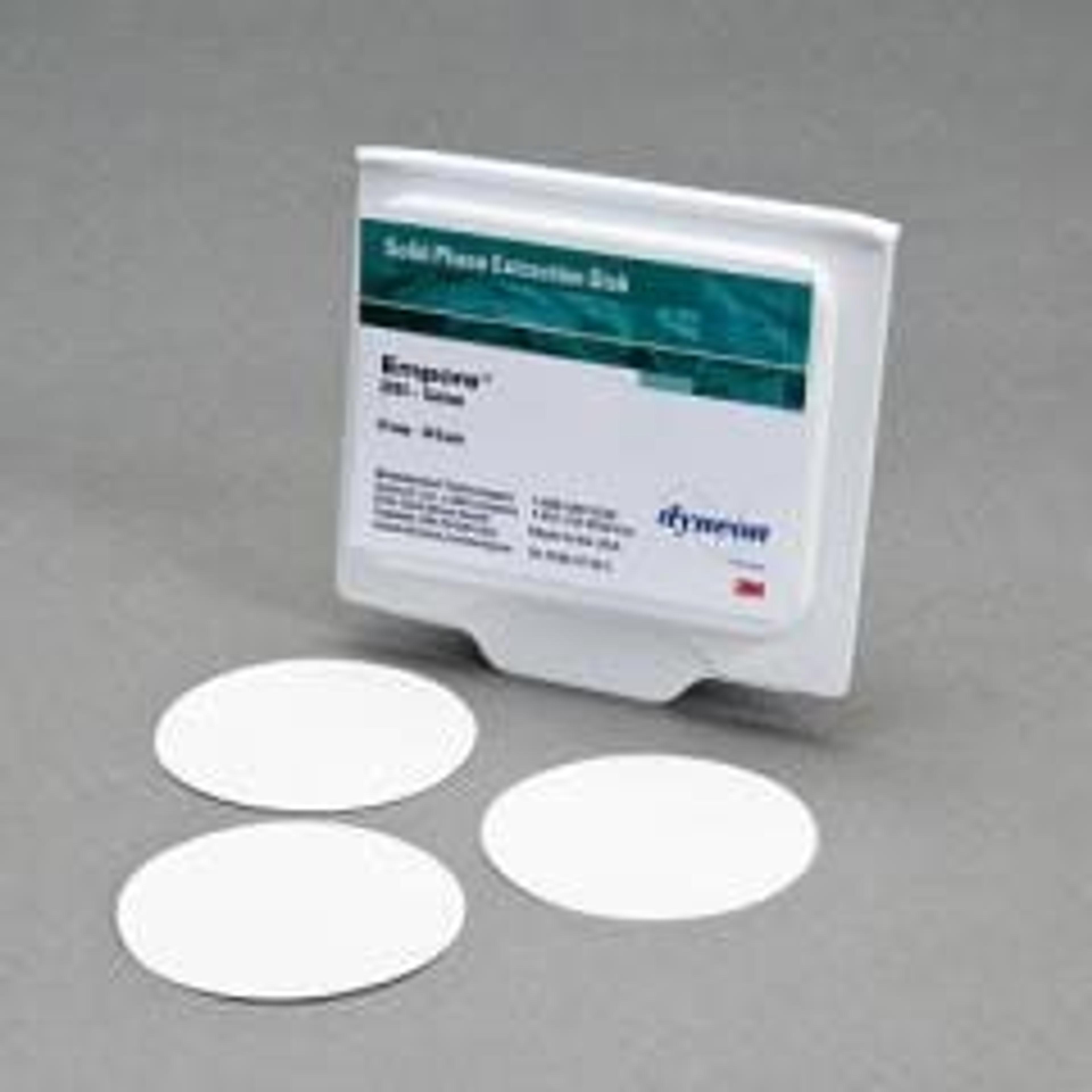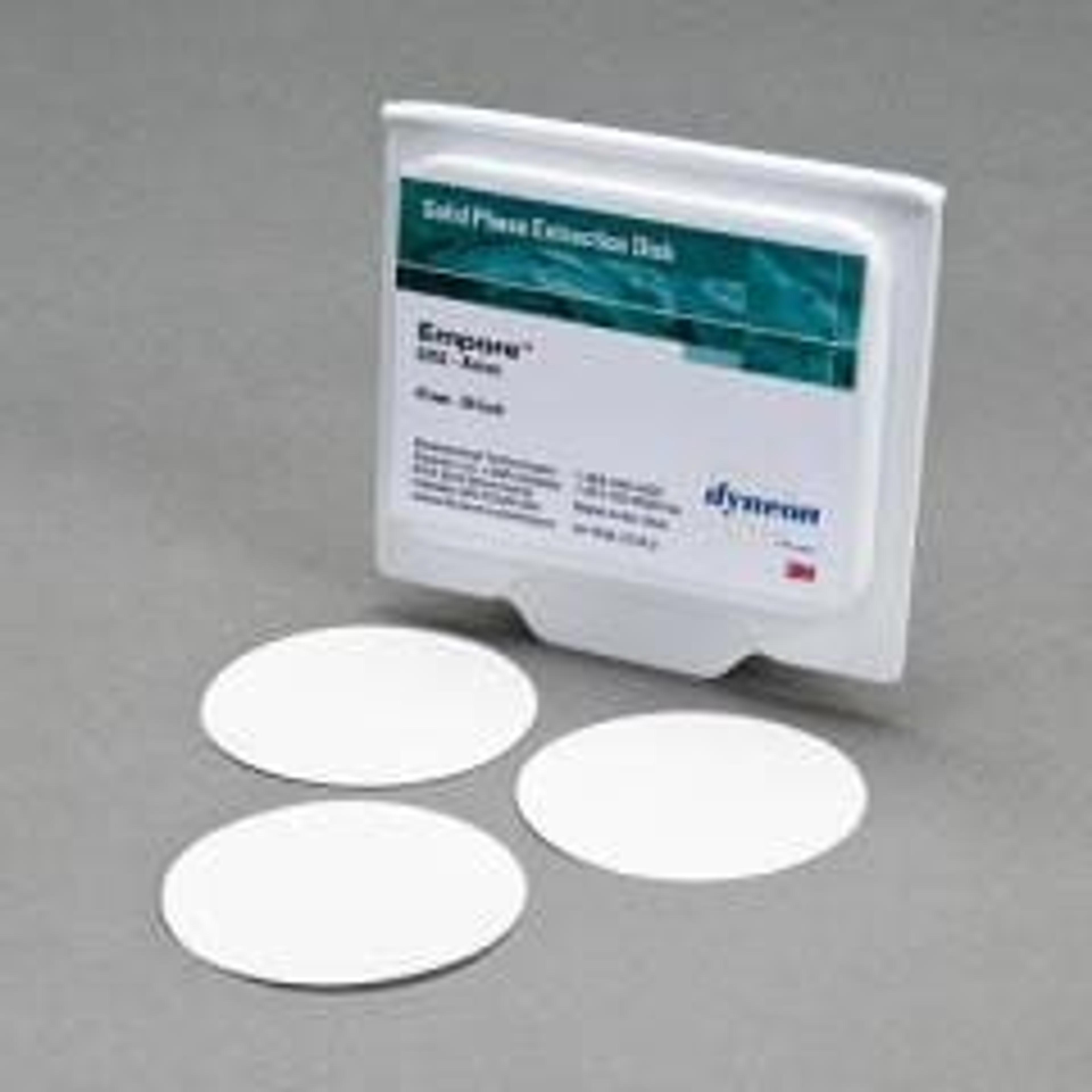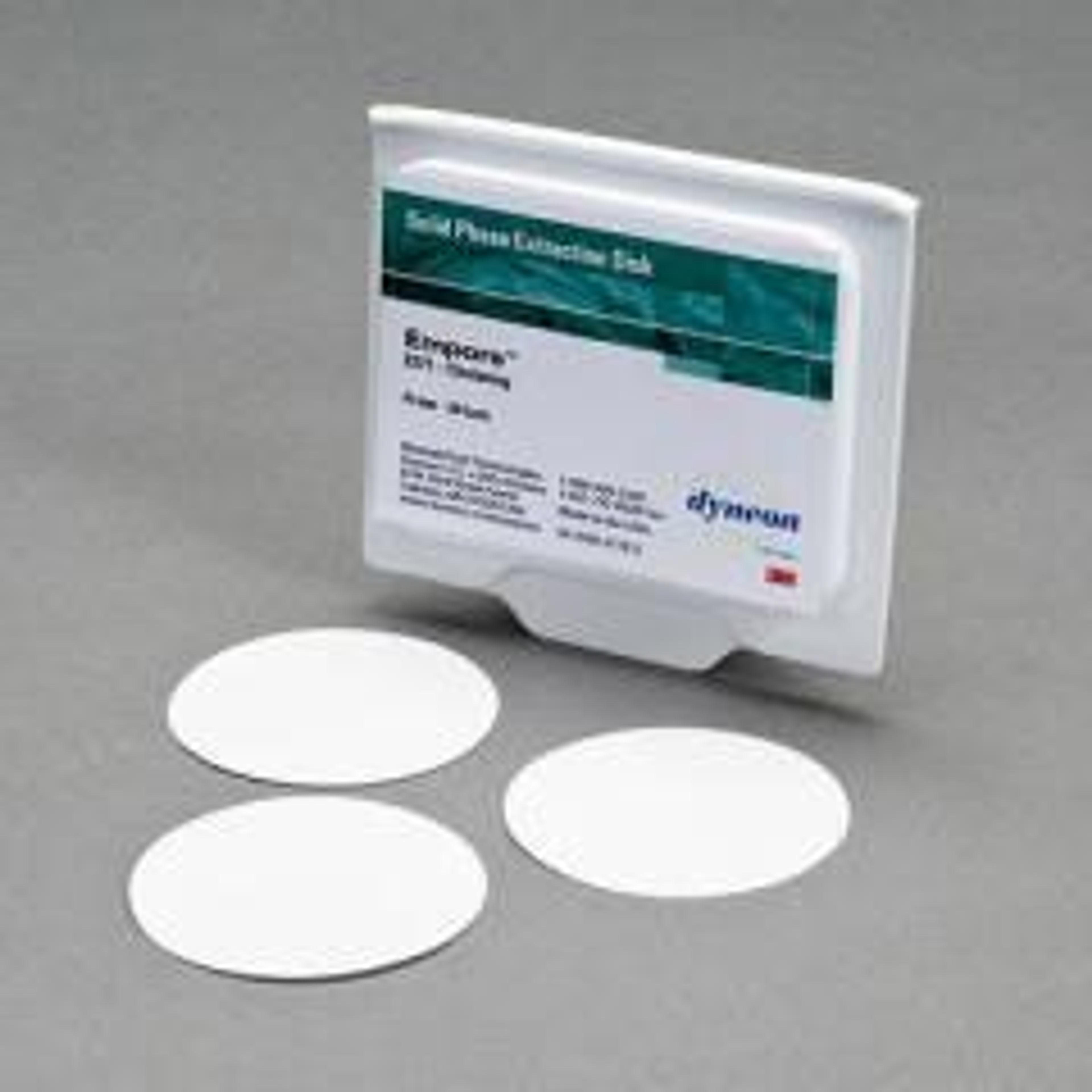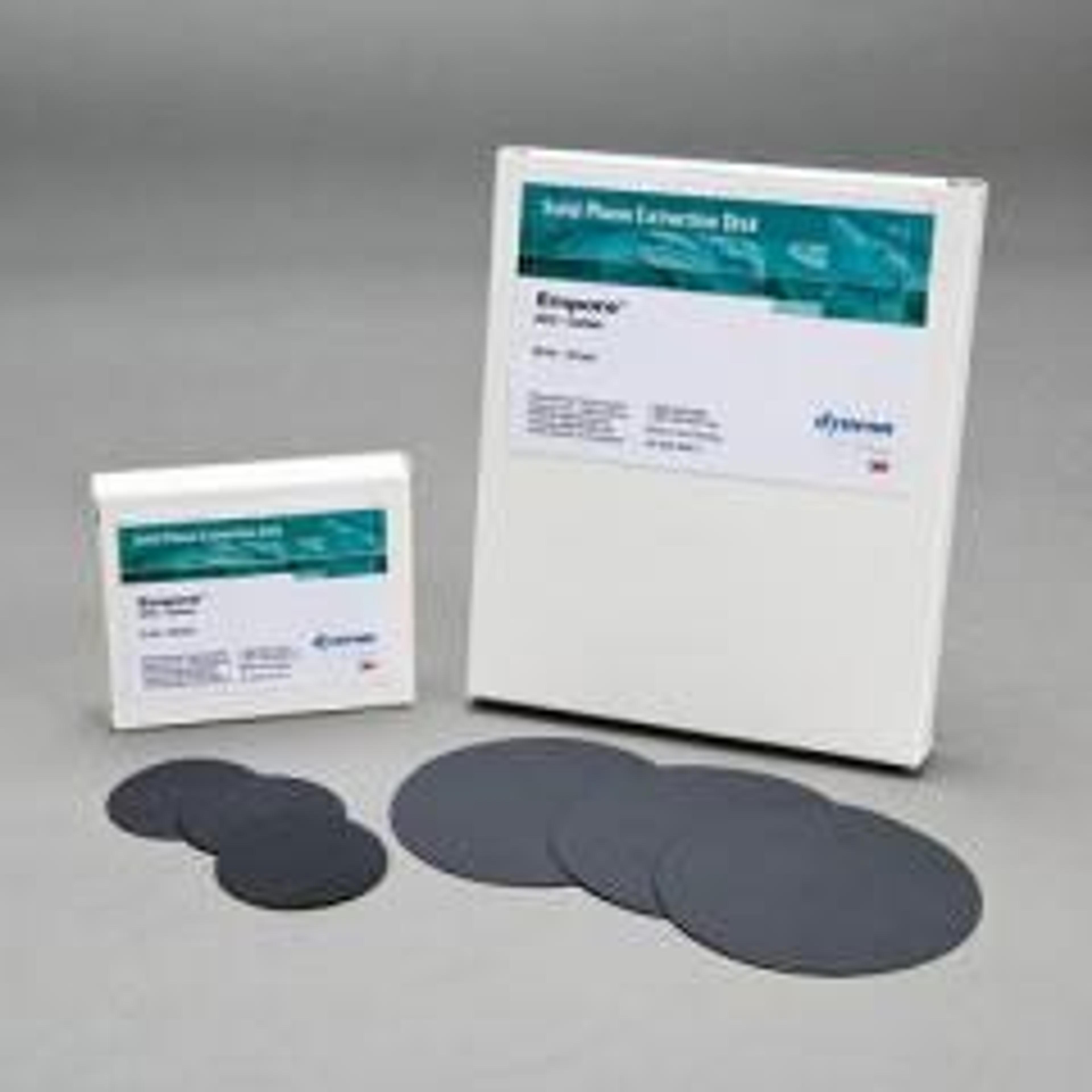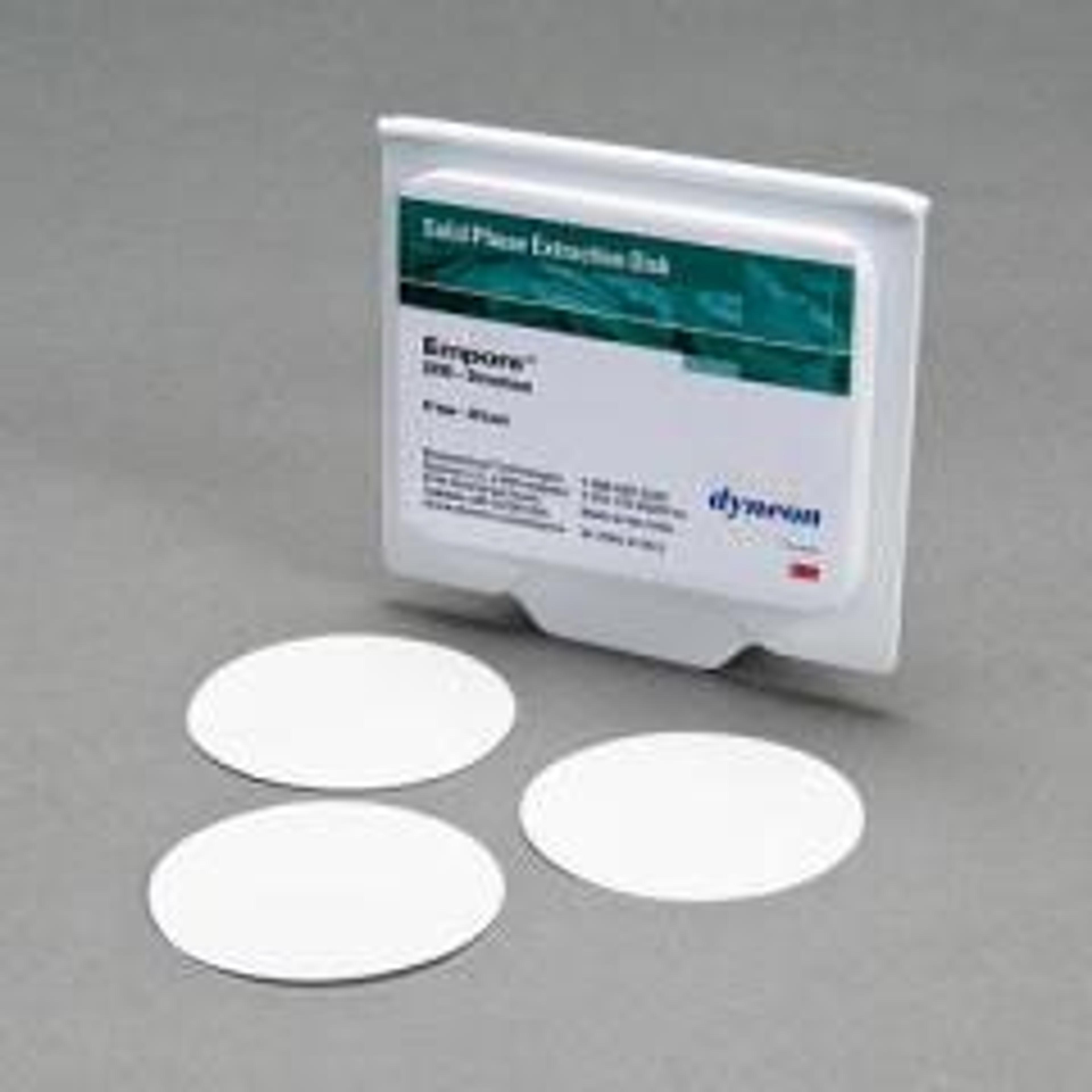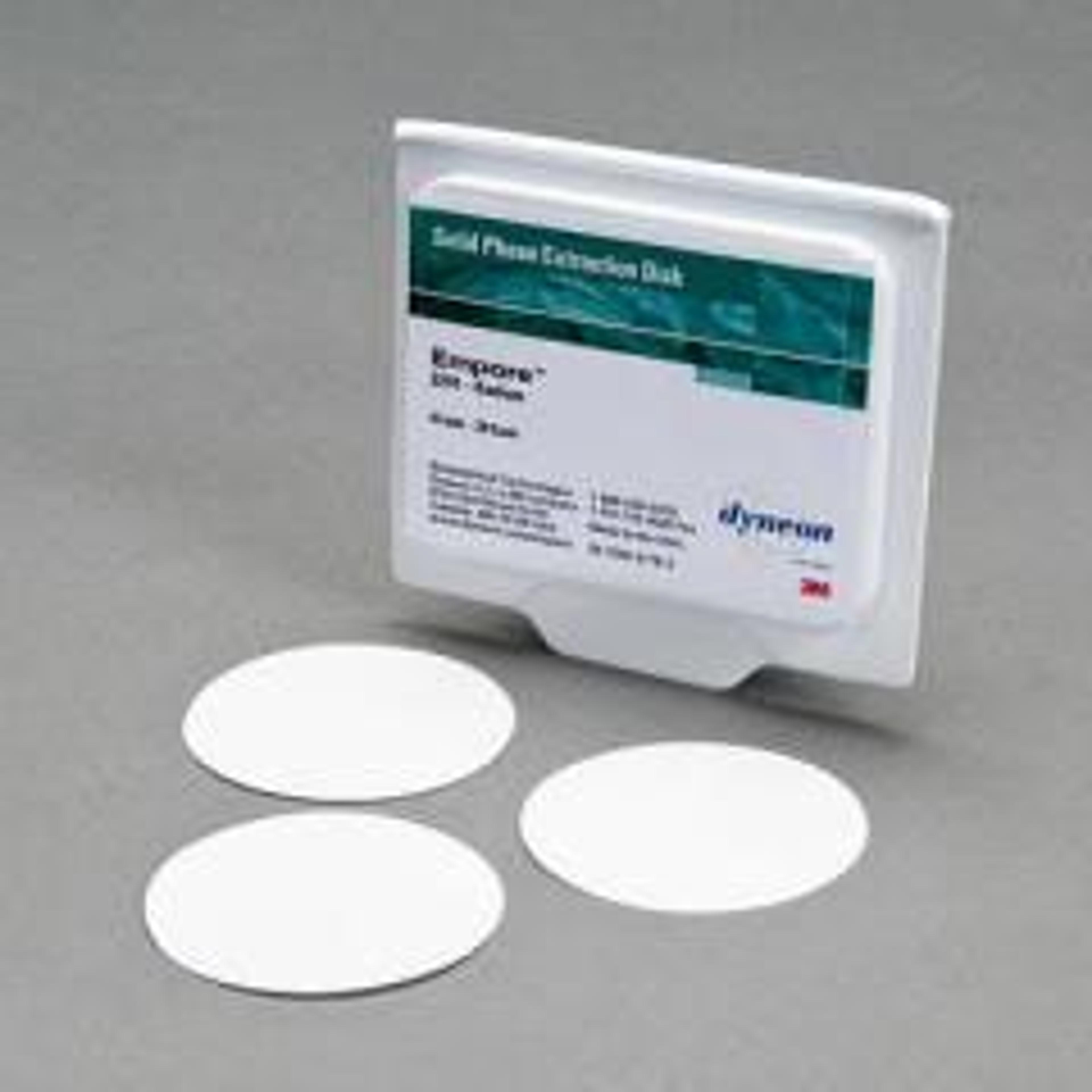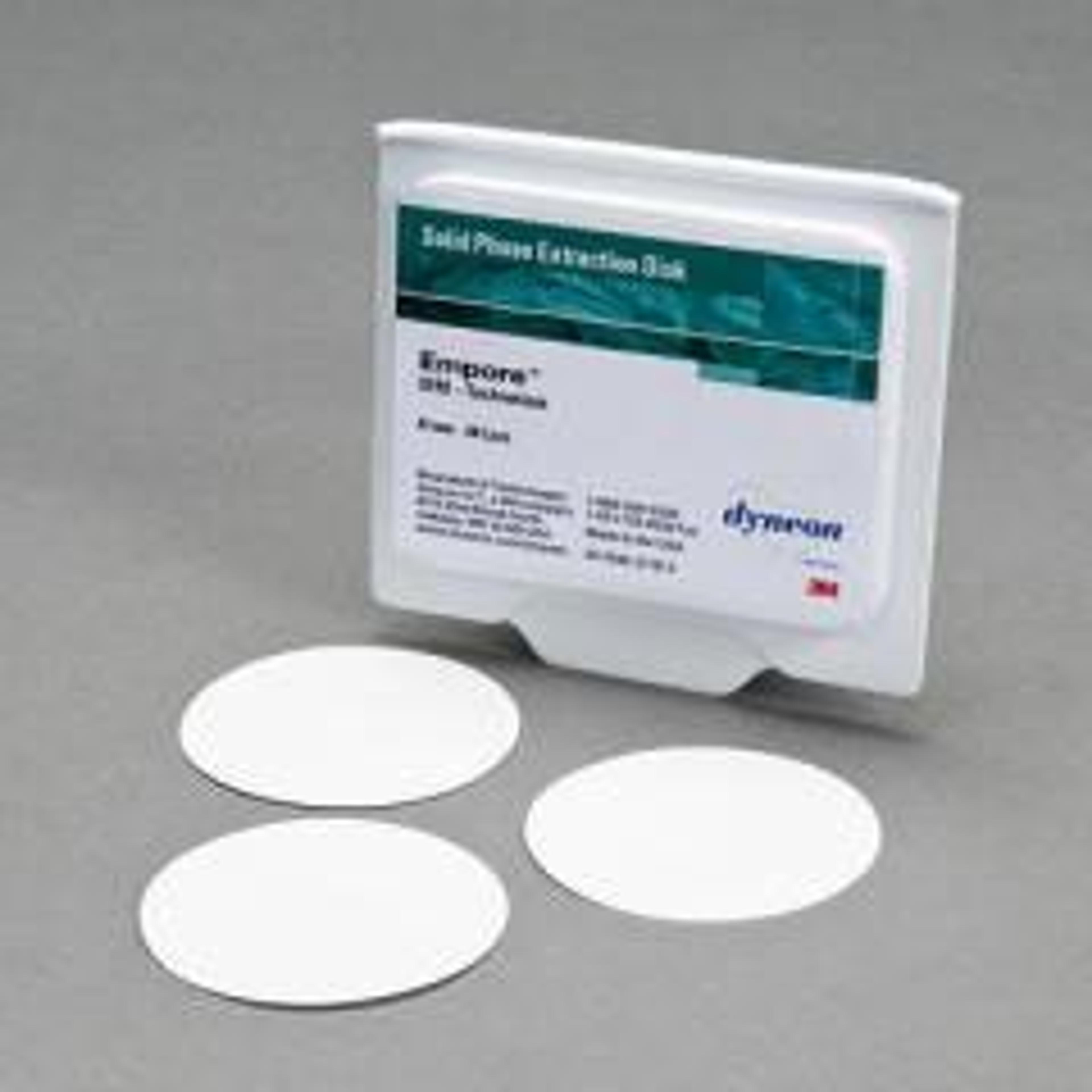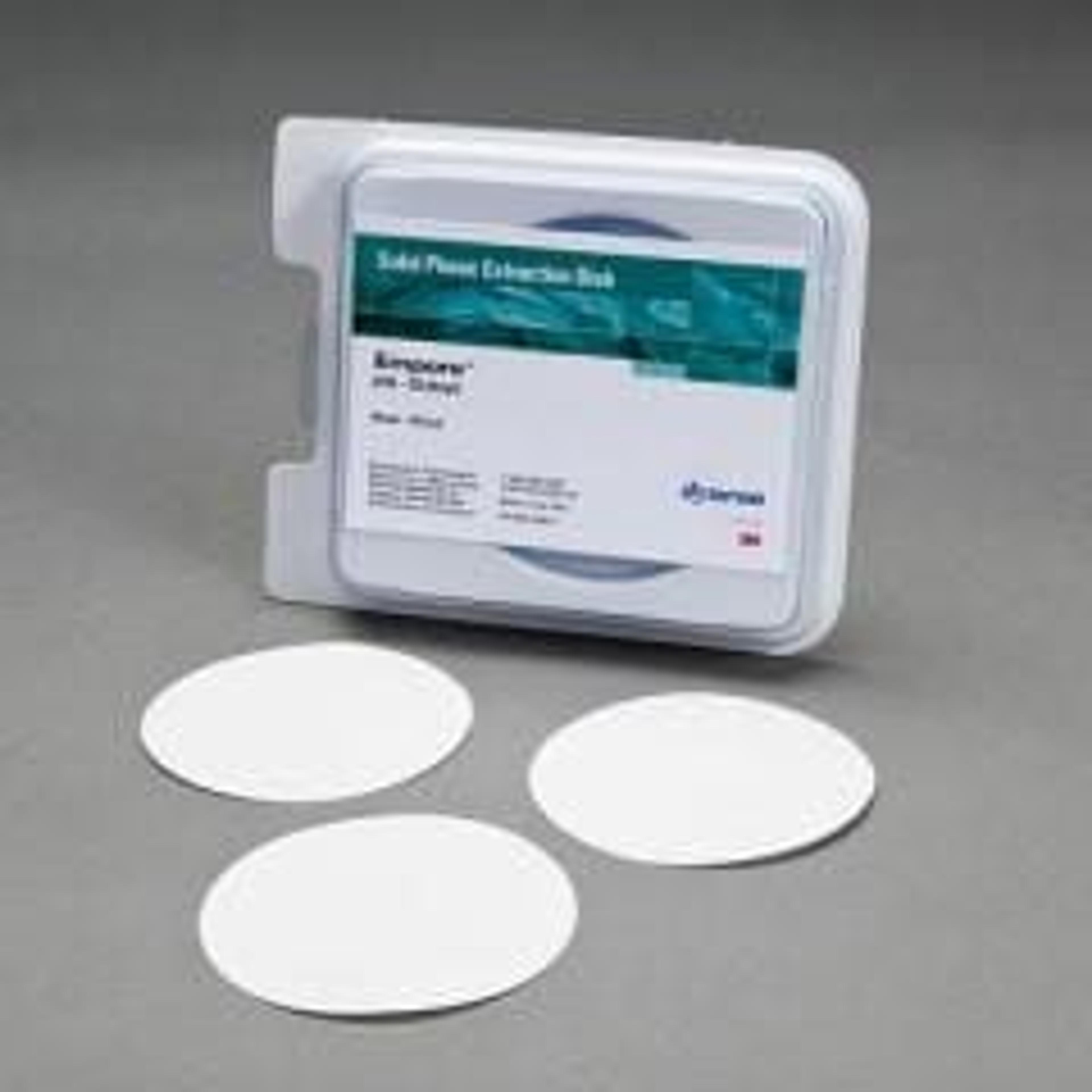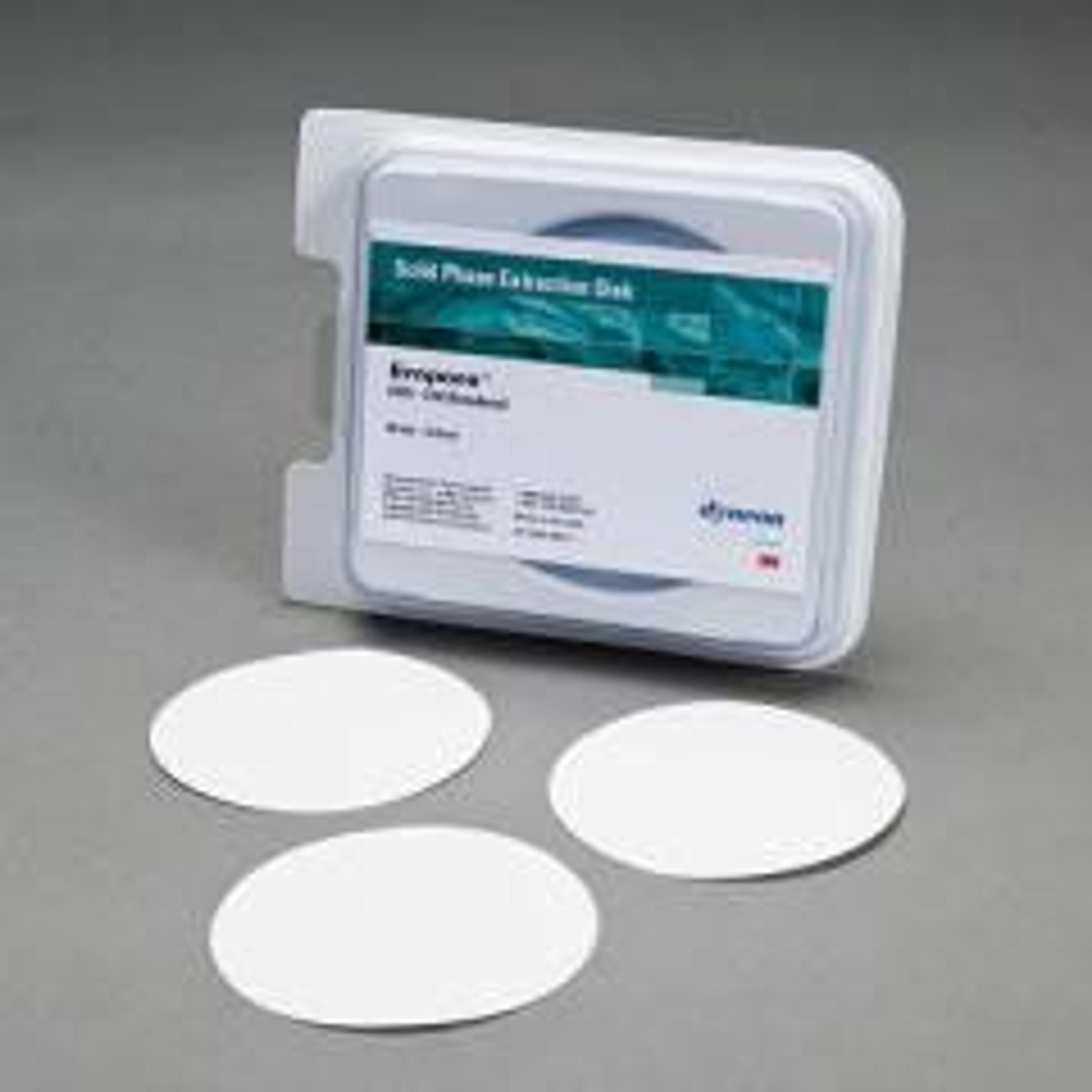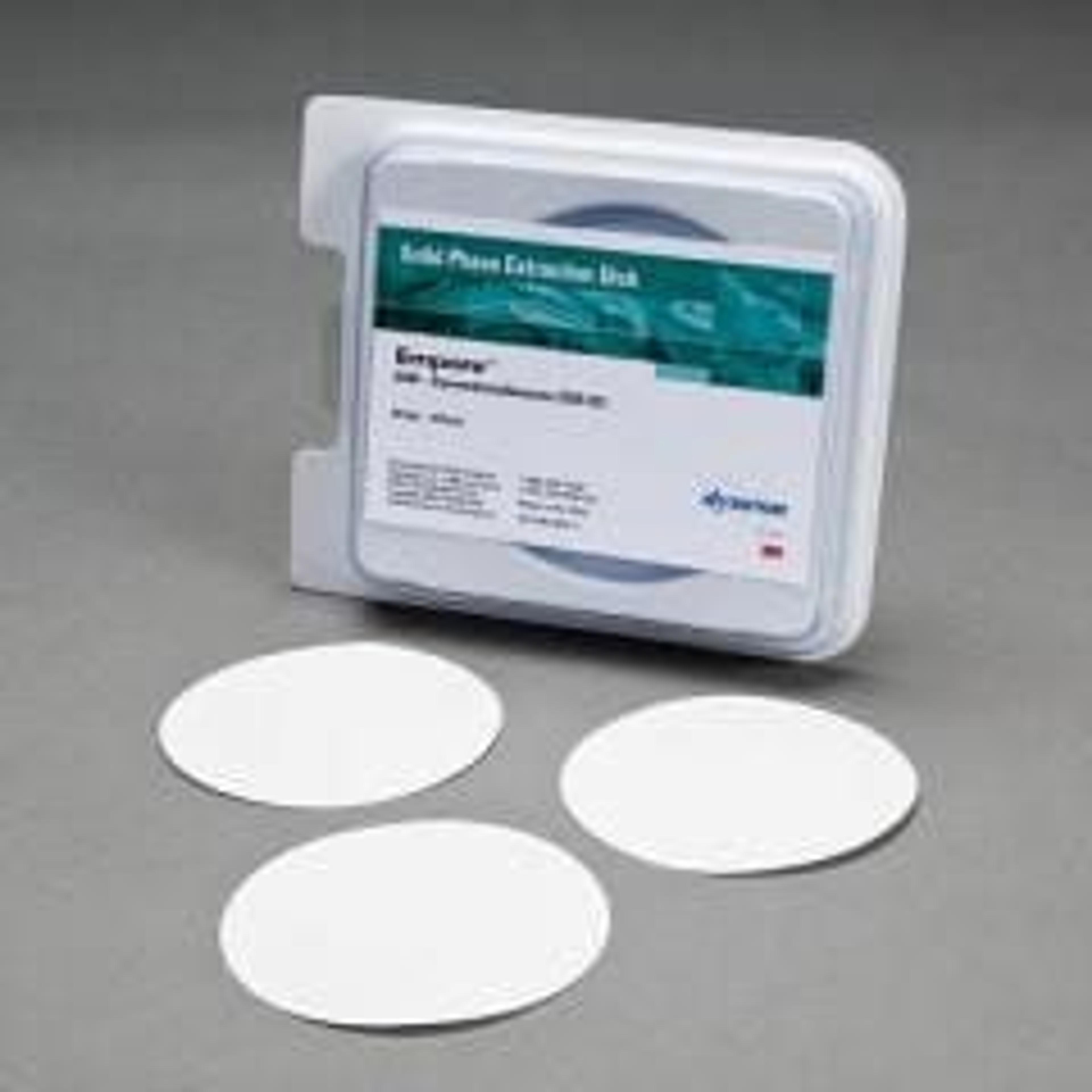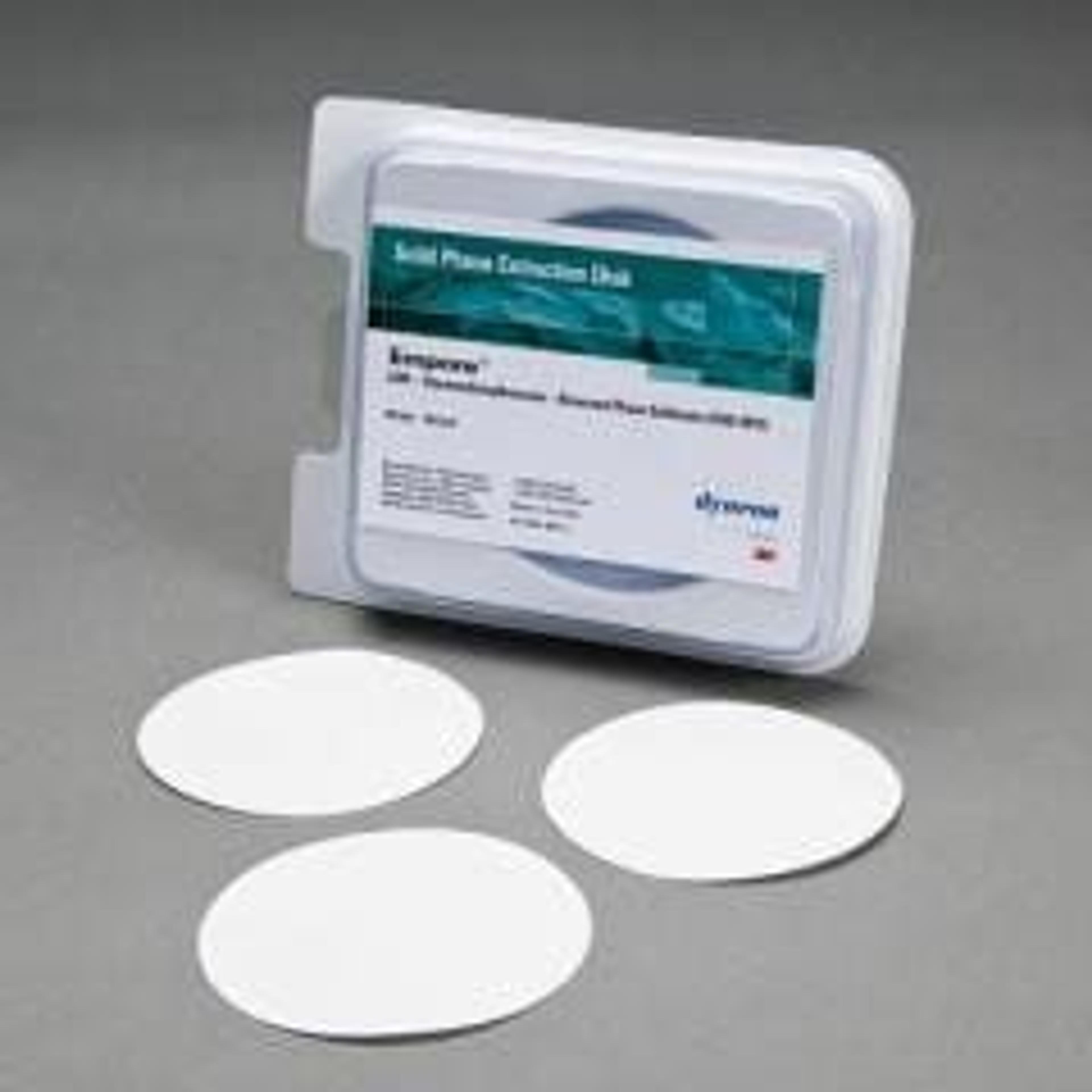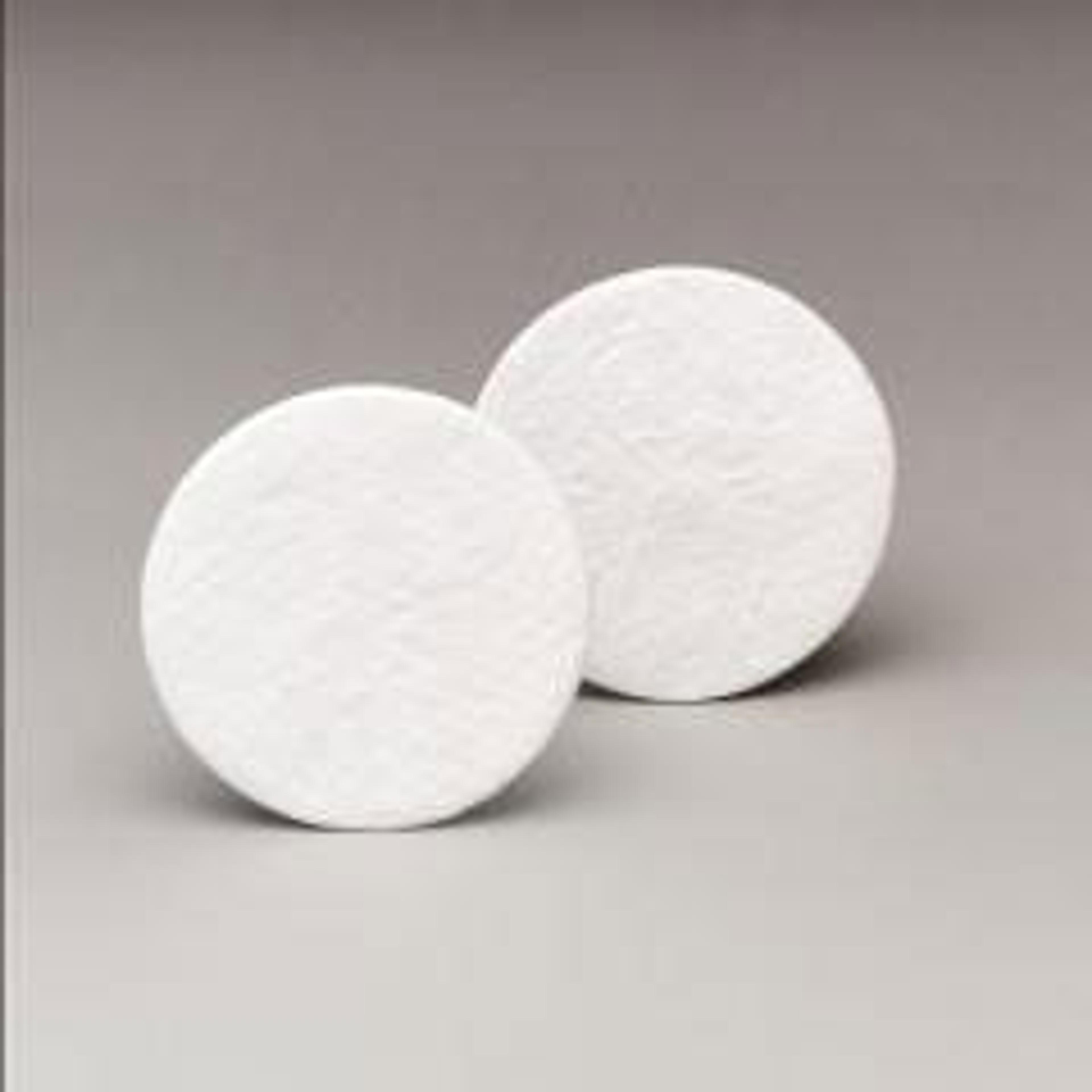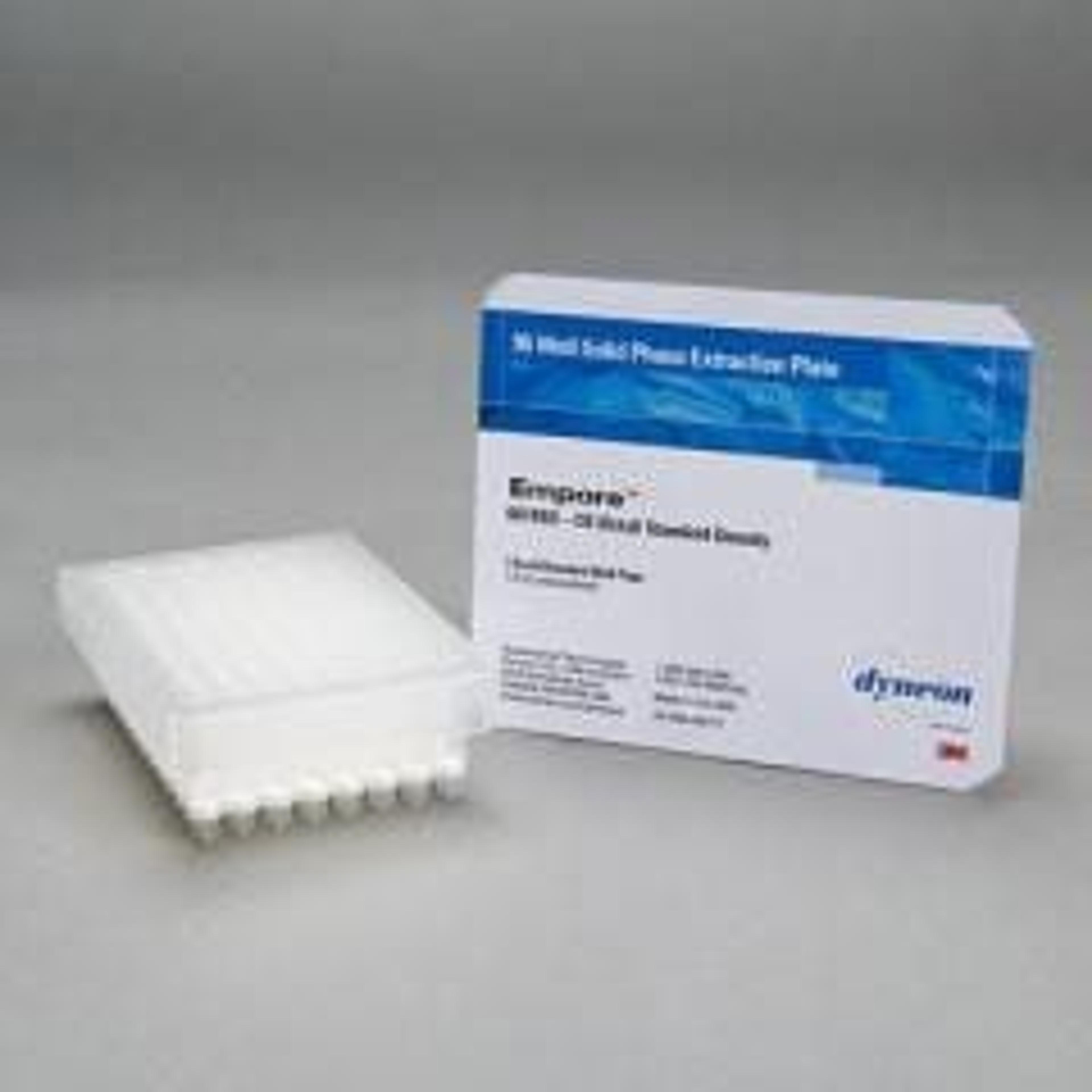3M Bioanalytical Products & Reviews
Selected Filters:
3M™ Petrifilm™ Rapid Coliform Count Plates
3M Bioanalytical3M™ Petrifilm™ Rapid Coliform Count Plates are designed to provide fast, accurate results in detecting coliform contamination.
3M™ Petrifilm™ Enterobacteriaceae Count Plates
3M Bioanalytical3M™ Petrifilm™ Enterobacteriaceae Count Plates provide a cost-effective, convenient and reliable method for testing equipment, raw materials, food products and manufacturing environmental samples and bottled water testing
3M™ Clean-Trace™ Surface Protein Plus Test Swab
3M Bioanalytical3M™ Clean-Trace™ Surface Protein Plus Test Swab PRO100 is a simple, quick, and reliable method of checking for the removal of protein residues after cleaning and quickly identifies contamination.
3M™ Enviro Swab
3M BioanalyticalThe 3M™ Enviro Swab is a pre-moistened swab, ready to use for collecting environmental samples on all types of food contact surfaces in the food industry.
3M™ Empore™ C8 47 mm Disk
3M BioanalyticalCommonly used for the solid phase extraction of analytes from complex sample matrices. A variety of functional groups, such as octadecyl (C18) and octyl (C8) can be bonded to the silica surface to provide non polar interactions. Each of these sorbents exhibits unique properties of retention and selectivity for a particular analyte. The choice of which sorbent is best for a particular method will be influenced by the percent…
3M™ Empore™ C18 47 mm Disk
3M Bioanalytical3M Bioanalytical's Empore ci8 47mm Disk - Commonly used for the solid phase extraction of analytes from complex sample matrices. A variety of functional groups, such as octadecyl (C18) and octyl (C8) can be bonded to the silica surface to provide non polar interactions. Each of these sorbents exhibits unique properties of retention and selectivity for a particular analyte. The choice of which sorbent is best for a particu…
3M™ Empore™ SDB-XC 47 mm Disk
3M BioanalyticalSDB-XC is a poly(styrenedivinylbenzene) copolymer used as a reversed phase sorbent for solid phase extraction. SDB-XC is not bonded to silica but is a 100% copolymeric particle that is spherical, porous and cross-linked. It does not exhibit the secondary cationic (silanol) interactions and pH limitations common to bonded silica sorbents, so it offers more predictable and reproducible reversed phase interaction.
3M™ Empore™ SDB-RPS 47 mm Disk
3M BioanalyticalSDB-RPS is a poly(styrenedivinylbenzene) copolymer that has been modified with sulfonic acid groups to make it hydrophilic. SDB-RPS is not bonded to silica but is a 100% copolymeric particle that is spherical, porous and cross-linked. The sulfonation imparts unique selectivity for organic analytes that are polar in nature, such as drugs, drug metabolites, water-soluble pesticides and pesticide metabolites. SDB-RPS is also u…
3M™ Empore™ Cation Exchange-SR 47 mm Disk
3M BioanalyticalCation-SR is a poly(styrenedivinylbenzene) copolymer that has been modified with sulfonic acid. Note that Cation-SR is not bonded to silica but is a 100% copolymeric particle that is spherical, porous and cross-linked. The functional group imparts selectivity for cationic analytes, such as primary, secondary and tertiary amines.
3M™ Empore™ Anion Exchange-SR 47 mm Disk
3M Bioanalytical3M Bioanalytical Anion-SR is a poly(styrenedivinylbenzene) copolymer that has been modified with quaternary ammonium groups. Note that the 3M Anion-SR is not bonded to silica but is a 100% copolymeric particle that is spherical, porous and cross-linked. The functional group imparts unique selectivity for anionic analytes, such as Endothall, Dalpon and haloacetic acids.
3M™ Empore™ Oil & Grease 47 mm Disk
3M BioanalyticalThe Oil & Grease Disk was specifically designed for EPA Method 1664 (N-Hexane Extractable Materials (HEM) and Silica Gel Treated N-Hexane Extractable Material (SGT-HEM) by Extraction and Gravimetry). EPA Method 1664 Revision A was approved for use in the United States and published in the Federal Register on May 14, 1999. The Oil & Grease Disk incorporates C18 sorbent particles within a hydrophobic matrix. For EPA Method 166…
3M™ Empore™ Chelating 47 mm Disk
3M BioanalyticalEmpore™ Chelating Disks provide a way to selectively remove multivalent metal cations from solutions. This selectivity can be used to concentrate metals from a sample for analysis or to isolate and remove metal interferences from a complex organic or inorganic sample matrix. In the latter case, the purified filtrate is ready for use. The chelating disk has an affinity for multivalent (primarily 2+ and 3+) transition element…
3M™ Empore™ Carbon 47 mm Disk
3M BioanalyticalEmpore Carbon Disks are designed for the extraction of volatile, highly polar, and water soluble compounds from aqueous solutions. The Empore Carbon Disk provides all the advantages of activated carbon in a compact and thin Empore Disk.
3M™ Empore™ C8 90 mm Disk
3M BioanalyticalCommonly used for the solid phase extraction of analytes from complex sample matrices. A variety of functional groups, such as octadecyl (C18) and octyl (C8) can be bonded to the silica surface to provide non polar interactions. Each of these sorbents exhibits unique properties of retention and selectivity for a particular analyte. The choice of which sorbent is best for a particular method will be influenced by the percent…
3M™ Empore™ C18 90 mm Disk
3M Bioanalytical3M bioanalytical's Empore c18 90 Disk-Commonly used for the solid phase extraction of analytes from complex sample matrices. A variety of functional groups, such as octadecyl (C18) and octyl (C8) can be bonded to the silica surface to provide non polar interactions. Each of these sorbents exhibits unique properties of retention and selectivity for a particular analyte. The choice of which sorbent is best for a particular me…
3M™ Empore™ SDB-XC 90 mm Disk
3M BioanalyticalSDB-XC is a poly(styrenedivinylbenzene) copolymer used as a reversed phase sorbent for solid phase extraction. SDB-XC is not bonded to silica but is a 100% copolymeric particle that is spherical, porous and cross-linked. It does not exhibit the secondary cationic (silanol) interactions and pH limitations common to bonded silica sorbents, so it offers more predictable and reproducible reversed phase interaction.
3M™ Empore™ SDB-RPS 90 mm Disk
3M BioanalyticalSDB-RPS is a poly(styrenedivinylbenzene) copolymer that has been modified with sulfonic acid groups to make it hydrophilic. SDB-RPS is not bonded to silica but is a 100% copolymeric particle that is spherical, porous and cross-linked. The sulfonation imparts unique selectivity for organic analytes that are polar in nature, such as drugs, drug metabolites, water-soluble pesticides and pesticide metabolites. SDB-RPS is also u…
3M™ Empore™ Anion Exchange-SR 90 mm Disk
3M Bioanalytical3M Bioanalytical's Anion-SR is a poly(styrenedivinylbenzene) copolymer that has been modified with quaternary ammonium groups. Note that the 3M Anion-SR is not bonded to silica but is a 100% copolymeric particle that is spherical, porous and cross-linked. The functional group imparts unique selectivity for anionic analytes, such as Endothall, Dalpon and haloacetic acids.
3M™ Empore™ Oil & Grease 90 mm Disk
3M BioanalyticalThe Oil & Grease Disk was specifically designed for EPA Method 1664 (N-Hexane Extractable Materials (HEM) and Silica Gel Treated N-Hexane Extractable Material (SGT-HEM) by Extraction and Gravimetry). EPA Method 1664 Revision A was approved for use in the United States and published in the Federal Register on May 14, 1999. The Oil & Grease Disk incorporates C18 sorbent particles within a hydrophobic matrix. For EPA Method 16…
3M™ Empore™ Carbon 90 mm Disk
3M BioanalyticalEmpore Carbon Disks are designed for the extraction of volatile, highly polar, and water soluble compounds from aqueous solutions. The Empore Carbon Disk provides all the advantages of activated carbon in a compact and thin Empore Disk.
3M™ Empore™ C8-SD Standard Well Plate
3M BioanalyticalFunctional groups, such as octyl (C8) and octadecyl (C18), can be bonded to the silica surface to provide non polar interactions. Each of these sorbents exhibits unique properties of retention and selectivity for a particular analyte. The choice of which sorbent is best for a particular method will be influenced by the percent recovery of analyte from the sample matrix and the cleanliness of the resulting chromatography.


